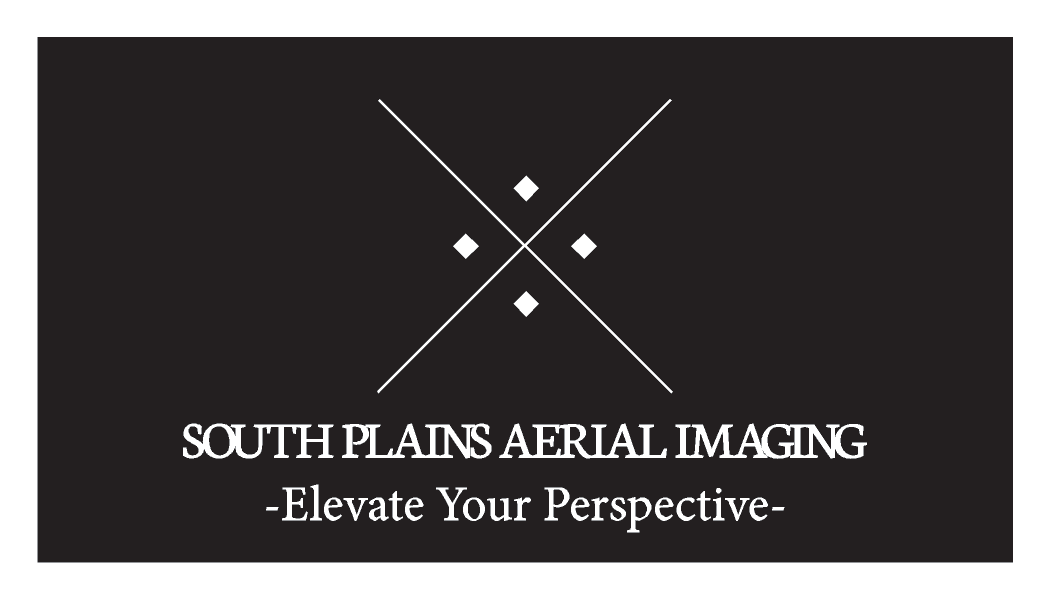FAA vs. State Drone Laws: Understanding Who’s in Charge
As drones become more common across industries, questions about airspace authority are on the rise. While many states have introduced drone legislation, who truly governs U.S. skies?
At South Plains Aerial Imaging, based in Lubbock, Texas, we stay on top of these developments. Understanding FAA authority versus state drone laws is critical for safe, legal aerial inspections, roof mapping, facade evaluations, and damage assessments across the Texas Panhandle, High Plains, and Permian Basin.
Federal Authority Over U.S. Airspace
Airspace is a public domain, open to all U.S. citizens for transit.
-
49 U.S. Code § 40103 gives the federal government exclusive sovereignty over U.S. airspace.
-
The FAA regulates drone operations under Part 107, enforcing standards for both hobbyists and commercial operators.
-
State attempts to regulate airspace are unenforceable against FAA supremacy.
The Supremacy Clause and Drone Law
The Supremacy Clause (Article VI, Clause 2 of the U.S. Constitution) ensures that federal law overrides conflicting state laws.
Because airspace relates to interstate and international commerce, only the FAA may regulate its use. Any state law attempting to control navigable airspace would be void.
FAA Airspace Classifications Every Operator Must Know
-
Class G (Uncontrolled): Surface to 700–1,200 feet. Most drone operations occur here.
-
Class B, C, D: Surround airports, requiring ATC clearance before flying.
-
Class E: Controlled airspace with specific operational restrictions.
👉 For a deeper dive into rules, see our guide on Understanding Drone Operations, Privacy and Airspace in the United States
https://spairimaging.com/2023/09/13/drone-operations-privacy-airspace/
Where States Still Have Authority
Although states cannot control navigable airspace, they may regulate land use and privacy, including:
-
Privacy: Banning drone surveillance without consent.
-
Trespassing: Restricting low-level flights directly over private property.
-
Public Safety: Enacting no-drone zones around prisons or power plants.
If these laws conflict with FAA regulations, federal law preempts.
Why This Matters for Drone Operators
-
FAA = Sole Authority over navigable airspace.
-
States = Limited Authority over ground-based or privacy-related matters.
-
Compliance = Safety + Legal Protection.
At South Plains Aerial Imaging, every flight is FAA-compliant, ensuring safe operations whether conducting roof inspections, aerial damage assessments, or cinematic projects.
Final Thoughts: Compliance Builds Trust
As drones play a bigger role in inspections, mapping, and emergency response, staying informed is critical. While states may pass restrictive drone laws, the FAA remains the final authority under federal law and the Constitution.
At South Plains Aerial Imaging, our team guarantees FAA-compliant flights across Lubbock and the Texas Panhandle, delivering safe, legal, and professional drone services.
Related Blogs You May Like
- FAA Remote ID for Drones: Enhancing Safety, Compliance, and Airspace Integration
- The Evolution of Drone Technology – From Military Origins to Everyday Applications
https://spairimaging.com/2024/03/13/evolution-of-drone-technology/
✈️ Fly With Full Confidence in FAA Compliance
Don’t risk violations or legal disputes. Whether you need aerial inspections, damage assessments, or roof surveys, trust South Plains Aerial Imaging to deliver fully compliant flights that protect your project and your reputation.
📍 Serving: Lubbock | Texas Panhandle | Permian Basin
📞 Call Now: 806-502-4365
🌐 Learn More: www.spairimaging.com

